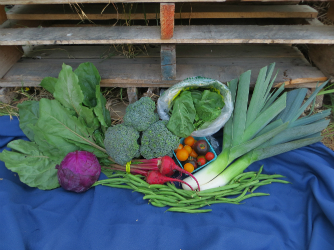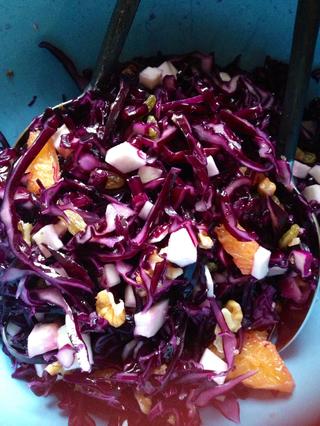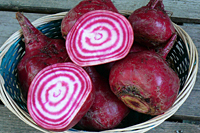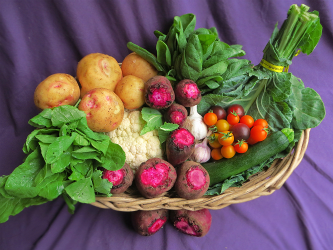
Standard
Red Beets 3 lb
Arugula 1 bu
Collards 1 bu
Garlic 2 bulbs
Spinach 1 bu
Cauliflower 1 hd
Potatoes 3 lbs
Cherry Tomatoes 1 pt
Zucchini 1
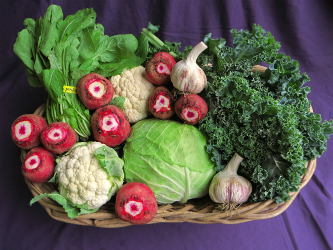
Small
Chioggia Beets 2 lb
Green Cabbage 1 hd
Arugula 1 bu
Green Kale 1 bu
Garlic 2 bulbs
Cauliflower 1 hd
Ways to use your garlic
Raw, or almost raw
- Puree raw garlic, a can of garbanzo beans, tahini, olive oil and lemon juice to make hummus. Serve with raw veggies for a delicious and healthy appetizer.
- Saute leafy greens in olive oil, while your minced garlic stands for 10 minutes. Toss it in for the last 2-3 minutes with some red pepper flakes and serve.
- Top your favorite pizza with thin slices of raw garlic 1 or 2 minutes before taking it out of the oven.
- Add minced raw garlic to pesto, marinade, salad dressing or salsa.
- Add to your favorite pickle recipes.
- Toast sliced French bread, spread with butter and sprinkle with minced raw garlic. The butter softens the garlic pungency.
- Add pureed raw garlic to guacamole.
Just going for the flavor?
- Roast garlic in a fragrant nut oil, then add to your favorite chocolate chip cookie recipe. It might sound horrid, but it gives the cookies a savor that is noticeable but not garlicky. Shhh. . .Let people guess the secret ingredient!
- Add garlic to sauces, soups, stews and casseroles.
- Add to ground beef for out-of-this world hamburgers, meat loaf and meatballs.
- Roast whole garlic bulbs, then squeeze the cloves and spread the resulting paste onto slices of thick-cut French or sourdough bread instead of butter.
Collard Greens
Collards are a member of the cabbage family, but with a lighter taste. Romans and Greeks attributed great therapeutic powers to collards to the point where Julius Caesar ate a plateful after a heavy banquet to ward off indigestion.

Low in calories, collard leaves contain lots of soluble and insoluble dietary fiber that help control LDL cholesterol levels and protect against hemorrhoids, constipation, and colon cancer. They are rich in phytonutrients with potent anti-cancer properties and are an excellent source of folates, vitamins C, A, K and the vital B-complex group, plus anti-oxidants that boost the body’s autoimmune system. The leaves and stems are also high in minerals like iron, calcium, copper, manganese, selenium and zinc.
Collards are hardy growers and can withstand hot summers and will grow well into the winter.
Green Timbale
4 Tbsp. unsalted butter
1 large onion, finely shopped
1 lb. collard greens, stems and leaves shopped separately
¼ cup milk
½ cup heavy cream
½ tsp. salt
¼ tsp. freshly ground black pepper
2/3 cup fresh bread crumbs
½ cup grated Jarlsberg cheese
5 eggs, lightly beaten
Melt 1 Tbsp. butter in a skillet over medium-low heat. Add onion and cook until transparent. Stir in the collards and cook, covered, until tender, about 3 minutes. Raise the heat to medium-high and remove the cover. Cook tossing constantly, until all the liquid has evaporated. Cool in a large bowl.
Preheat oven to 325°F. Melt the remaining butter and add it, plus all the remaining ingredients to the greens mixture. Mix well and pour into a buttered soufflé dish. Place the dish in a roasting pan and pour boiling water in the pan to half the depth of the dish. Bake until a knife comes out clean, about 45 minutes. Remove the dish from the pan and let stand 10 minutes. Run a knife around the edges and carefully invert onto a shallow serving platter.

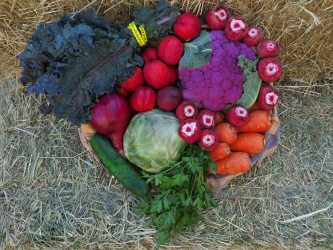
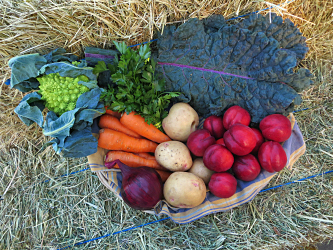
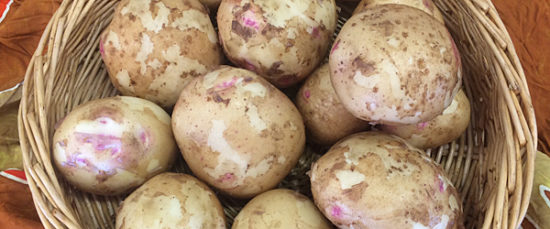
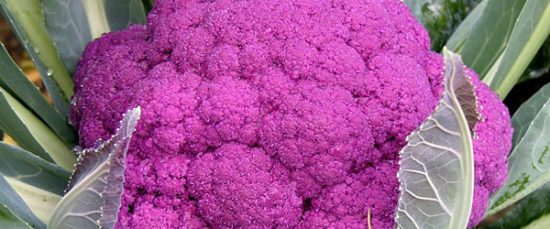
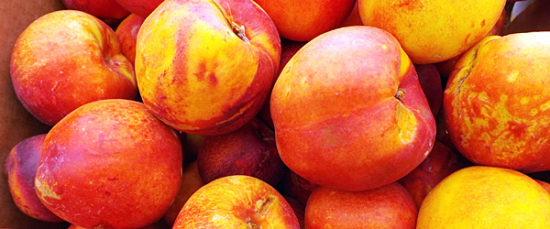
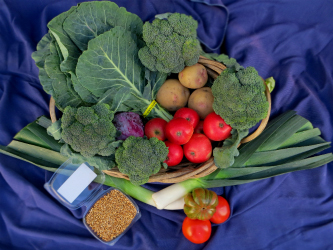
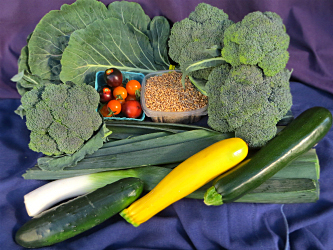
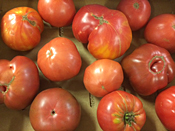
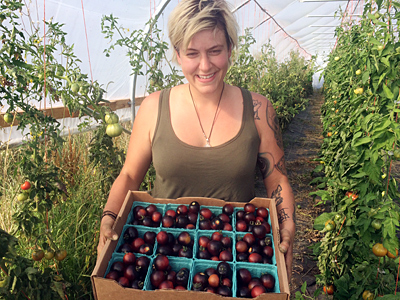
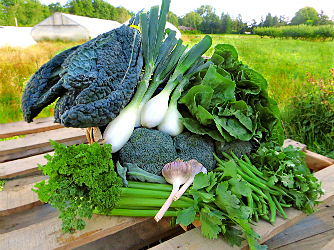
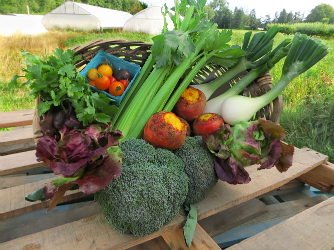
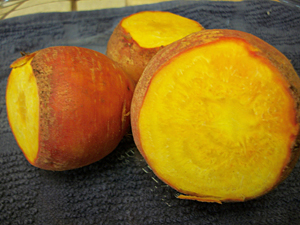
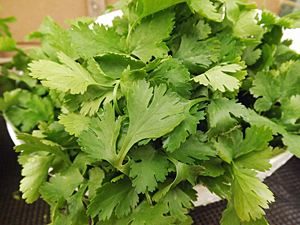
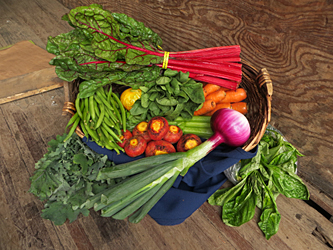
 Small
Small


